Making connections is a strategy that readers use to better understand the text they are reading. It's one of the most powerful strategies your readers have in their tool belts. Readers use their prior knowledge to make a text to self, text to text, or text to world connection to what they are reading. I have put together some lessons and activities for the elementary classroom that can be helpful in teaching this valuable reading strategy.
The first thing you want to do is make sure students have a basic understanding of the word connection. You can start with this simple opening activity. Put four of the provided cards into a bag. Pull them out and show them to students. Ask them what the connection is between the objects in the bag. Have a conversation about how they are connected. Then talk about any connections they have to those objects. It's a very basic way of discussing what connections are. You can then relate that to making connections in a book. I included five sets of cards that you could use each day of the week or you could split the students into groups and have them discuss connections with their groups.
I would model describing the connection on the card above, because students will have to describe their connections in writing during the unit. You could laminate this to use again.
The posters I included cover the three different types of connections that readers can make. For the anchor chart, I also included sentence frames for students to refer to throughout the unit when describing their connections.
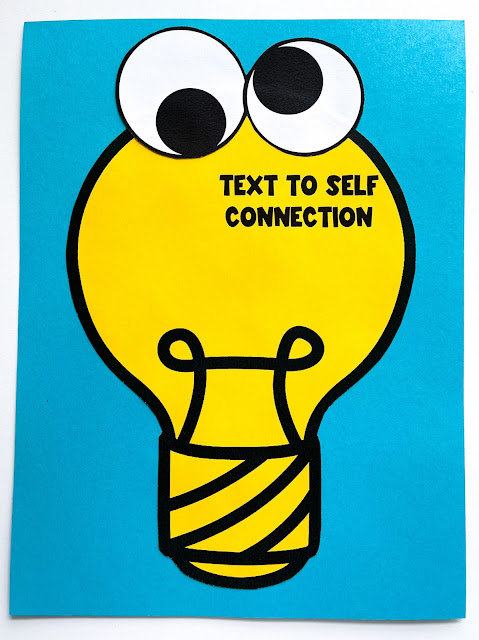 |
| Text to Self Connection Craft |
I would explicitly teach one type of connection each day at first. You can uses these crafts for students to record their connections each day. Lots of modeling will probably be needed.
 |
| Text to Text Connection Craft |
 |
| Text to World Connection Craft |
Once students have learned the different types of connections, you can go into making them understand that you can make different types of connections within one text. Give each student the 3 strips for the different types of connections they can make to a text. You can then make them into a chain connecting these cards to the name of the text you read. Close your lesson by summarizing the connections made on the cards above. This is a great visual for students to understand how making connections works.
I always like for my students to have these little hats to wear while practicing the strategy. They also can get these bookmarks and badges.
Always use some sort of exit ticket to close your lesson. This is where you will get an additional assessment to guide your instruction for the next day, as well as your small strategy groups.
I like to always include additional graphic organizers for additional lessons on making connections, as well as for small groups and centers. I made them for the three different types of connections.
You can use these case files for your whole group lessons or during small group teacher table. After you have taught how these work, these are great for a literacy center!
Finally, a fun Friday activity we love to do are Brown Bag Book Clubs! You fill the bag with popcorn and have students fill out the graphic organizer over a read aloud. They then get into groups to discuss their connections with their book club, as well as to review other strategies previously learned.
I hope these making connections activities are helpful for your readers! You can find it HERE or by clicking any of the images in this post. If you own the Reading Comprehension Bundle, it has been added there, too, so be sure to download it in your My Purchases tab. Happy reading!



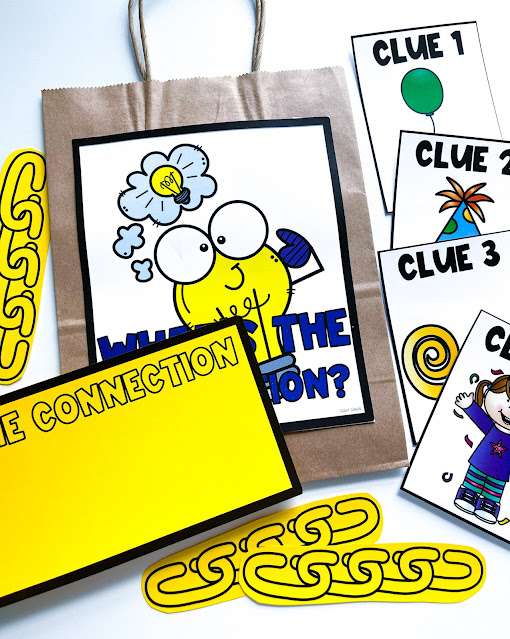
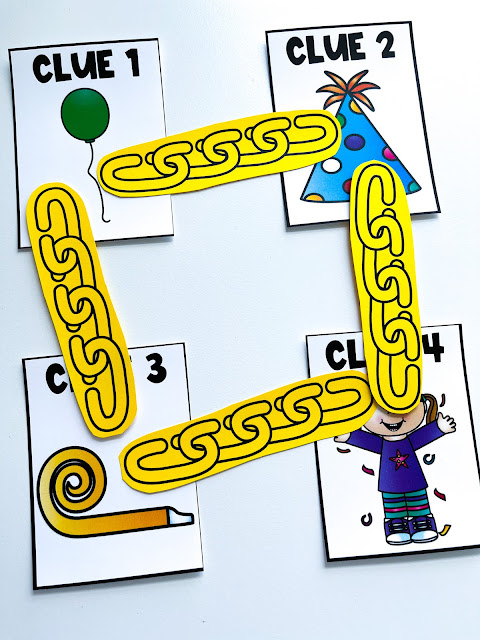

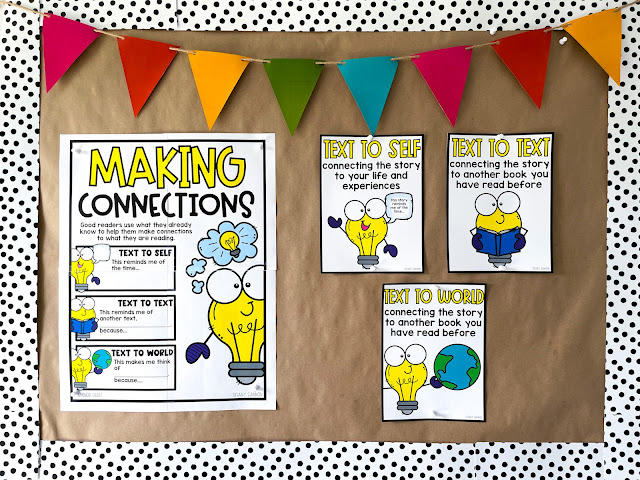
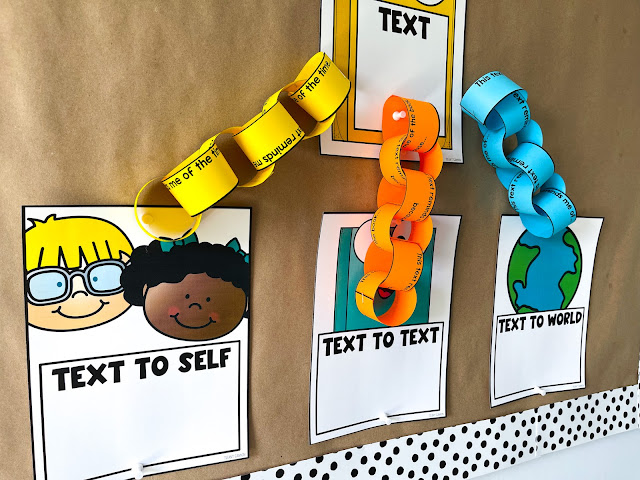
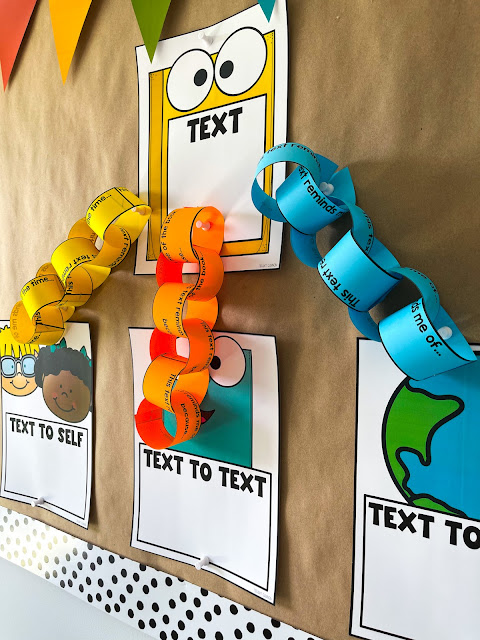
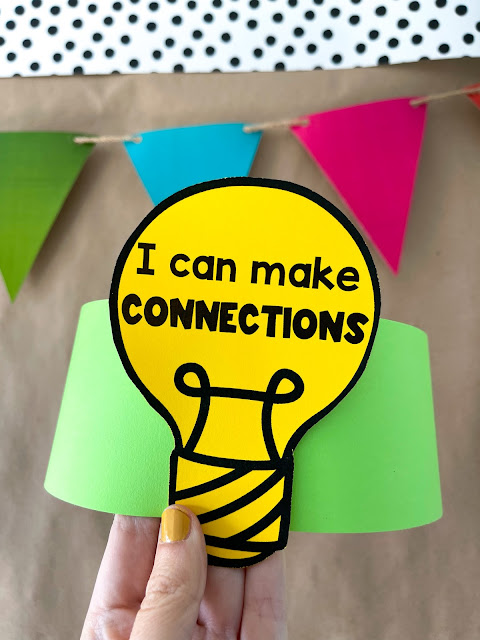
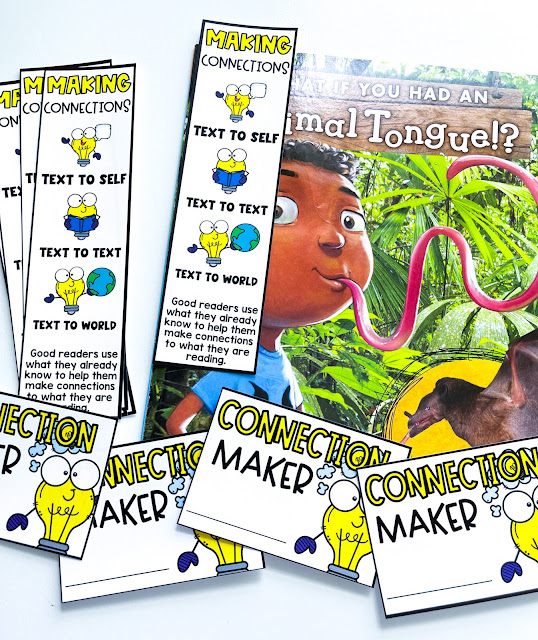

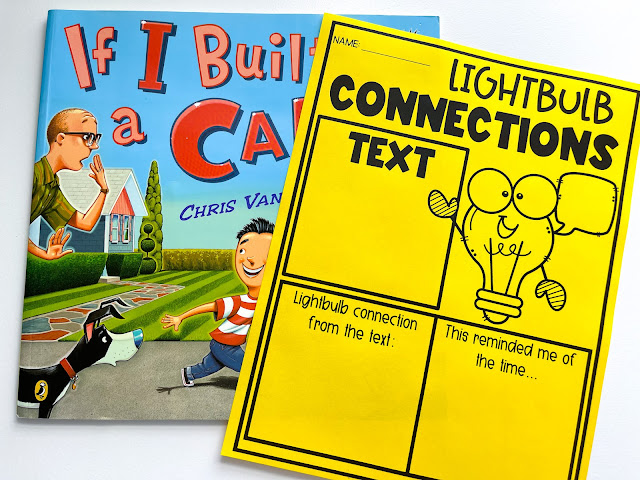

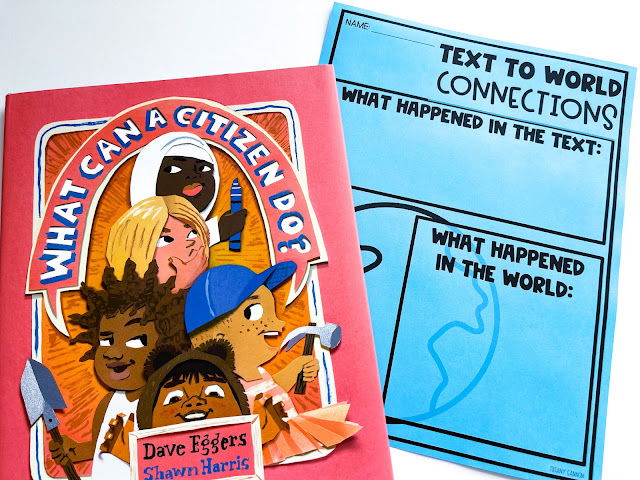
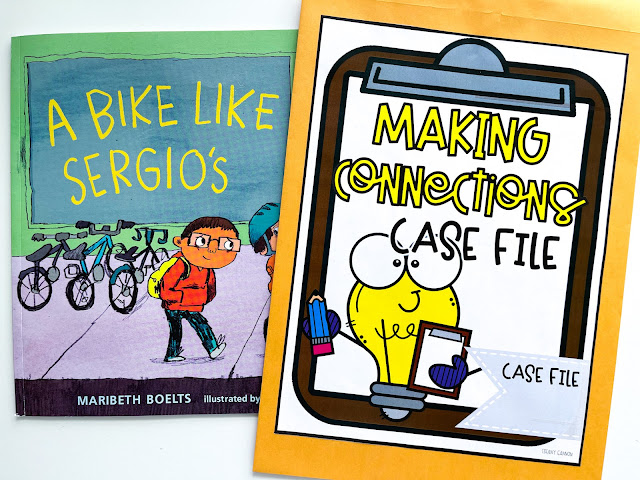

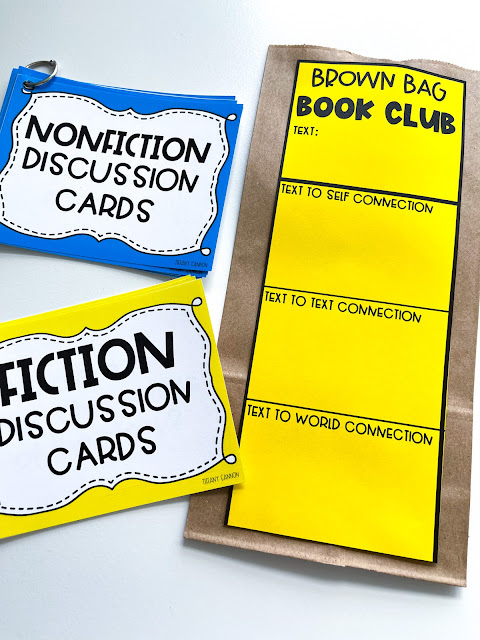
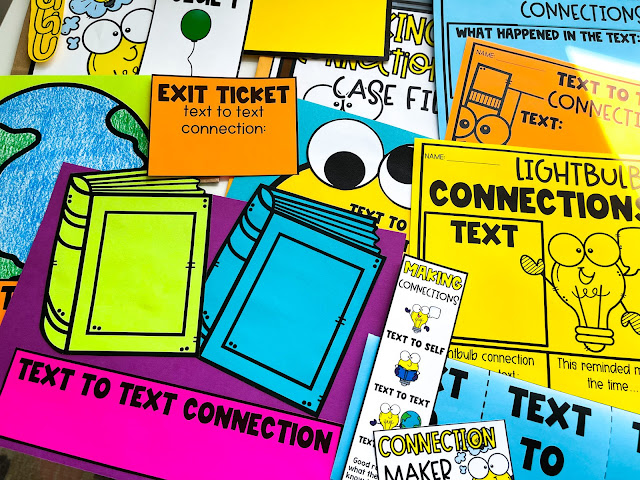
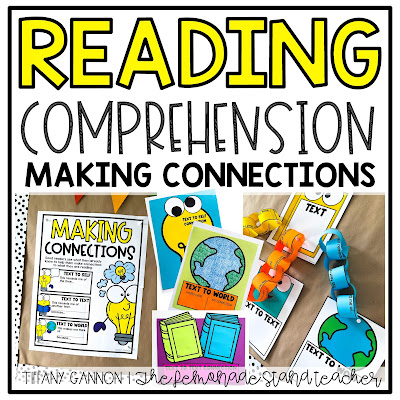
The seat width of wheelchair is usually the measurement of the seat upholstery between the arm rests. An 18″ wheelchair refers to the width if the seat upholstery being 18″ wide.
ReplyDeleteWonderful article! We are linking to this particularly great content on our
ReplyDeletewebsite. Keep up the great writing. 스포츠토토
Royalcasino197
ReplyDelete